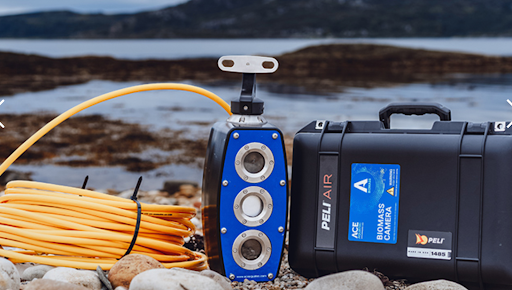The aquaculture industry is undergoing a significant transformation with the integration of Artificial Intelligence (AI) technologies, through real-time environmental tracking, improved feeding, and intelligent monitoring devices, leading to enhanced efficiency and sustainability in fish farming practices.
AI Advancements in Aquaculture
Startups like GoSmart are helping to change the future of fish farming. GoSmart, a company from Israel, has built smart systems that can work on their own. These systems use sensors and cameras that are placed in fish pens, ponds, or tanks to keep an eye on important things like the size of the fish, how they are spread out, the water temperature, and oxygen levels.
The smart system uses powerful tech from NVIDIA to quickly process this information right where it is collected. Then, the data is sent to GoSmart’s online software, which gives fish farmers clear, real-time advice. This helps them feed and harvest their fish at the best times, saving money and cutting down on waste. It also helps protect the environment by avoiding overfeeding and reducing pollution.
Improving Feeding Efficiency
AI is also utilized to enhance feeding strategies in aquaculture. Through the examination of variables such as water temperature, fish size, and growth rates, AI algorithms are capable of forecasting the exact amount and schedule of feed distribution. This guarantees that fish obtain sufficient nutrition without excessive feeding, resulting in healthier fish and less environmental pollution. The adoption of these AI-based feed management systems has demonstrated promise in greatly minimizing feed waste and enhancing overall productivity on farms.(Intelligent aquaculture methods are increasing productivity while lowering waste.)
Advanced Monitoring Systems
New tools like the A-BIOMASS™ camera system from Ace Aquatec are changing the way fish farmers keep track of their fish. First shown at Aqua Nor 2023, this smart underwater camera uses AI and machine learning to measure fish—like salmon—very accurately in real time.
Instead of guessing or using rough estimates, farmers can now see exactly how big their fish are and how many they have. Real-time fish monitoring also helps farmers react fast to changes and enhance decision-making by enabling proactive farm management. This helps them manage food, space, and other resources much better, saving time and money while improving the health and quality of their fish.

Future Prospects
In order to achieve sustainable fish farming operations, AI and Internet of Things (IoT) are essential. These smart systems can watch over fish in real time—checking how they behave, the quality of the water, and other environmental conditions. They help farmers make quick, smart decisions automatically, and use resources more carefully.
As this technology improves, fish farming is becoming more efficient and better for the environment. In simple terms, AI is helping fish farms grow more seafood with less waste, making it easier to feed more people without harming the planet.

